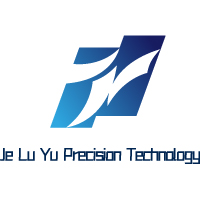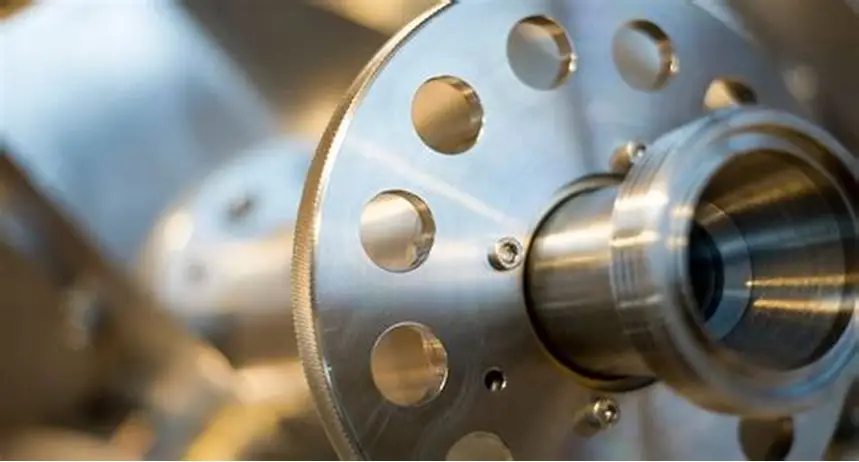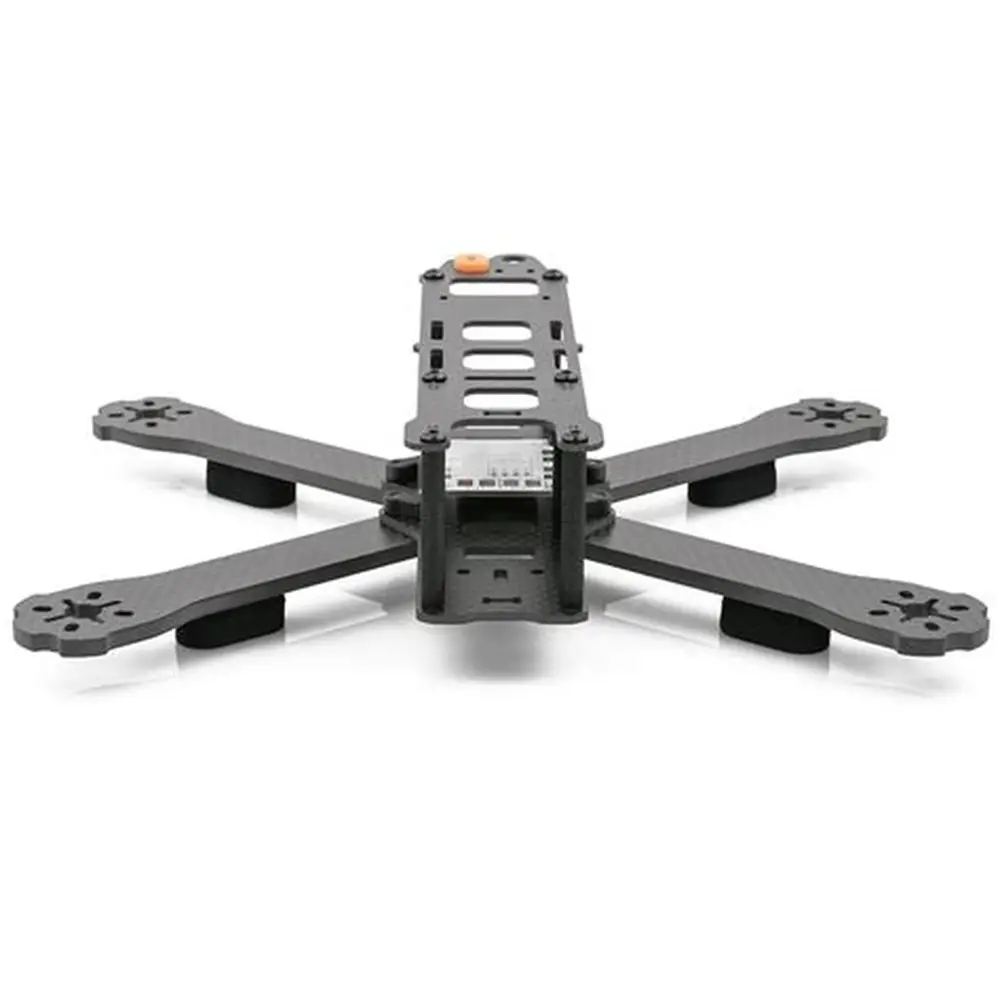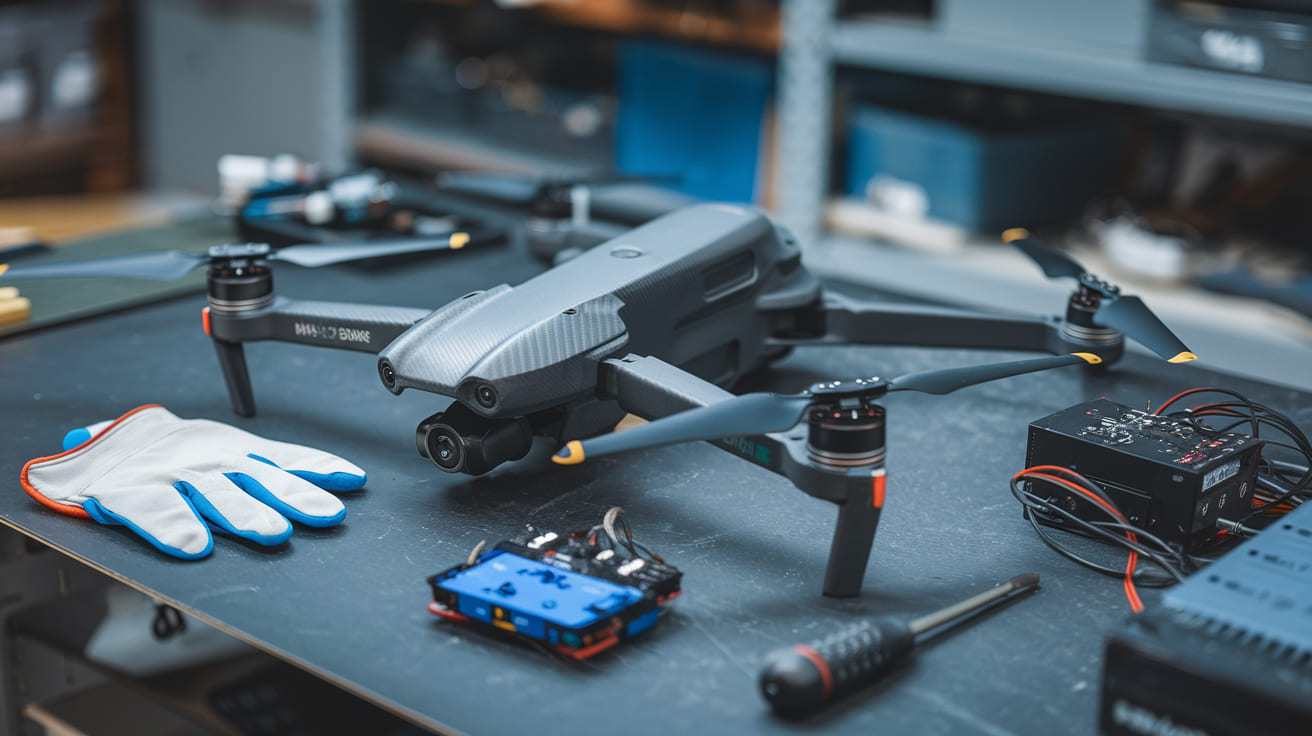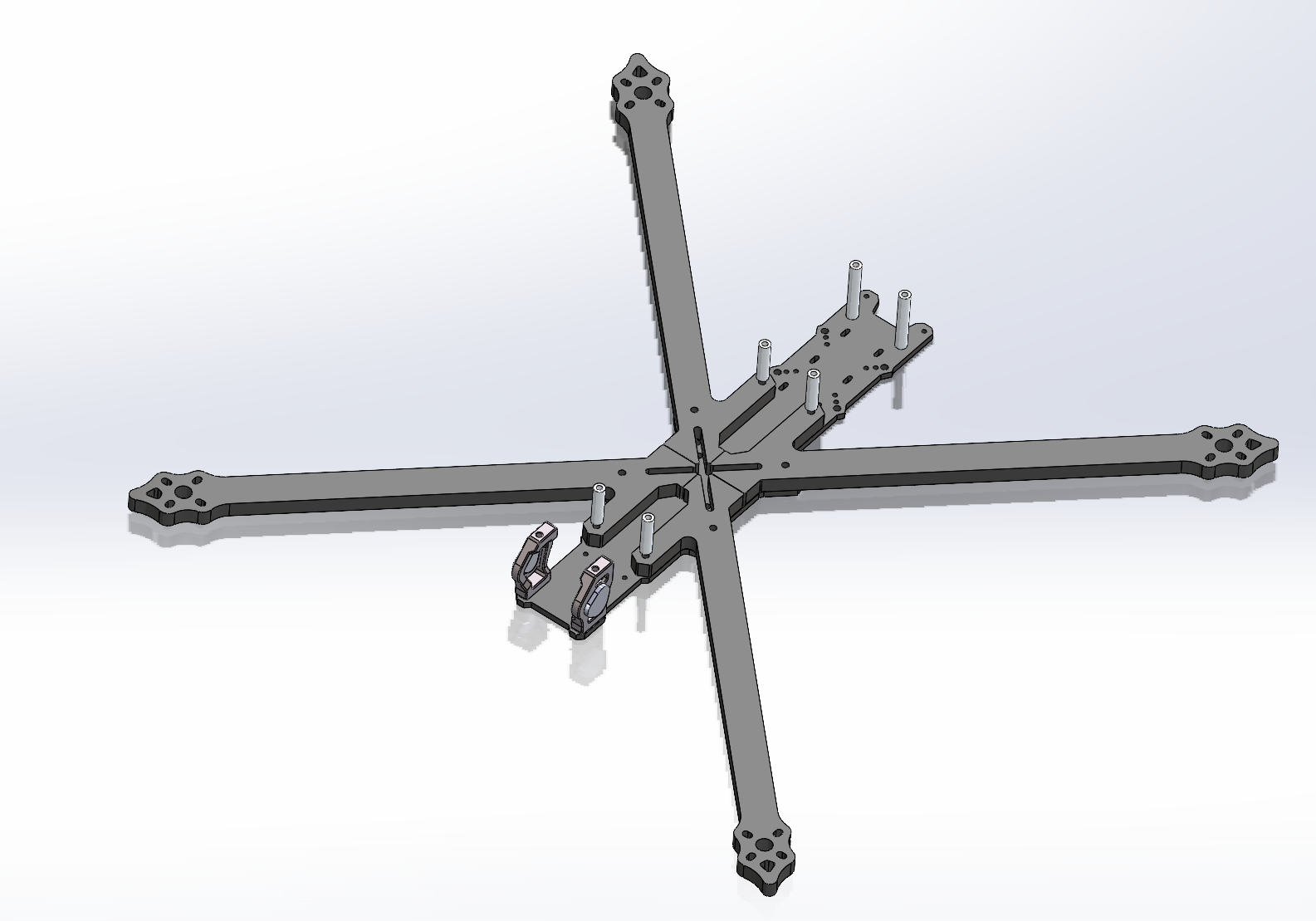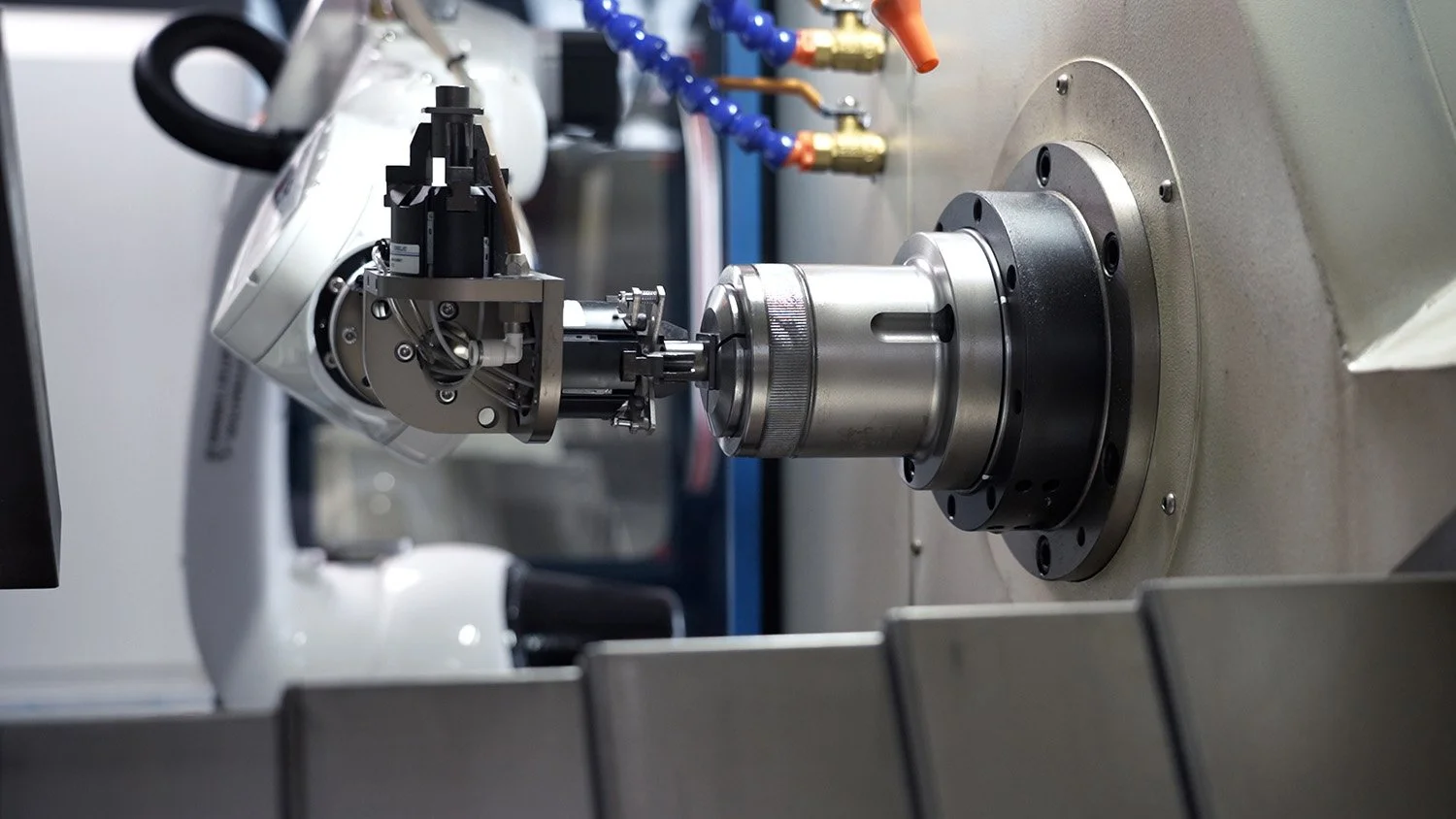The Complete Guide to Surface Finishing Services: Enhancing Product Performance and Aesthetics
Introduction to Surface Finishing Services
Surface finishing services represent a critical phase in manufacturing that transforms raw components into high-performance, aesthetically pleasing finished products. These specialized processes apply specific treatments to part surfaces to alter their properties, enhancing functional performance, visual appeal, and long-term durability. In today’s competitive manufacturing landscape, surface finishing has evolved from a mere cosmetic enhancement to an essential technology that significantly extends product life and improves reliability across industries.
The global surface finishing market continues to expand rapidly, with recent data indicating the precision surface treatment sector reached $2.94 billion in 2024 and is projected to grow to $5.09 billion by 2031, representing a 7.8% CAGR. This growth is driven by increasing demands from aerospace, medical, automotive, and electronics industries for components that deliver both superior performance and visual excellence.
Fundamental Concepts of Surface Finishing
Surface finishing encompasses a diverse range of processes designed to alter a material’s surface properties without changing its bulk characteristics. These processes can be broadly categorized into several technological approaches:
Table: Major Surface Finishing Categories and Their Characteristics
| Process Category | Primary Mechanisms | Key Applications | Materials Supported |
|---|---|---|---|
| Mechanical Finishing | Abrasive material removal, plastic deformation | Deburring, polishing, surface smoothing | Metals, plastics, composites |
| Chemical Finishing | Chemical etching, conversion coating | Cleaning, corrosion protection, paint adhesion | Metals, some plastics |
| Electrochemical Finishing | Electrolytic material removal or deposition | Plating, anodizing, electropolishing | Conductive materials |
| Nanotechnology Finishing | Molecular-level surface modification | Ultra-precise surfaces, specialized functionalities | Advanced materials |
The Science Behind Surface Finishing
Surface finishing processes work through several mechanical, chemical, and physical mechanisms:
-
Mechanical Interaction: Abrasives or tools physically remove surface material to achieve desired smoothness or texture
-
Chemical Reaction: Treatments alter surface chemistry to create protective layers or enhance properties
-
Electrochemical Processes: Controlled electrical currents facilitate deposition or transformation of surface materials
-
Thermal Techniques: Heat application modifies surface structures for improved characteristics
Major Surface Finishing Processes
1. Mechanical Finishing Techniques
Mechanical processes use physical means to alter surface characteristics:
Abrasive Blasting
Abrasive blasting propels fine media at high velocity to clean, strengthen, or polish surfaces. Variations include:
-
Sand Blasting: Uses silica sand for aggressive cleaning and surface profiling
-
Bead Blasting: Glass beads create uniform matte finishes without dimensional changes
-
Shot Peening: Metal shots induce compressive stresses for improved fatigue resistance
Polishing and Grinding
Polishing employs progressively finer abrasives to achieve specific surface smoothness levels:
-
High Gloss Polishing: Creates mirror-like finishes through sequential abrasive steps from rough to ultra-fine (up to 2000 grit)
-
Vibratory Finishing: Uses vibrating containers with abrasive media for high-volume part processing
-
Barrel Tumbling: Rotating barrels provide economical finishing for large part quantities
2. Chemical Finishing Processes
Chemical methods transform surfaces through controlled reactions:
Conversion Coatings
Conversion coatings chemically transform surface layers into protective compounds:
-
Phosphating: Creates crystalline phosphate layers for corrosion resistance and paint adhesion
-
Chromating: Forms chromate conversion coatings, particularly on aluminum and zinc
-
Chemical Oxidizing: Produces black oxide or other colored surfaces on metals
Cleaning and Preparation
Chemical pretreatment ensures proper adhesion and performance of subsequent finishes:
-
Degreasing: Removes oils and contaminants through solvent or alkaline cleaning
-
Acid Pickling: Removes scale and oxides from metal surfaces
-
Surface Activation: Prepares surfaces for optimal coating adhesion
3. Electrochemical Finishing Methods
These processes use electrical current to achieve precise surface modifications:
Anodizing
Anodizing creates controlled oxide layers on aluminum and other non-ferrous metals:
-
Type II (Sulfuric Acid) Anodizing: Produces decorative and corrosion-resistant coatings
-
Type III (Hard) Anodizing: Creates extremely wear-resistant surfaces for demanding applications
-
Color Anodizing: Incorporates dyes into the porous anodized layer before sealing
Electroplating
Electroplating deposits metallic coatings through electrochemical reduction:
-
Decorative Plating: Precious metals like gold, silver, or chrome for appearance
-
Functional Plating: Engineering coatings like hard chrome for wear resistance
-
Electroless Plating: Autocatalytic deposition without external current
Electropolishing
Electropolishing anodically dissolves surface material to produce smooth, microfinished surfaces. This process:
-
Removes a controlled surface layer (typically 0.0005-0.003 inches)
-
Improves corrosion resistance by forming protective oxide layers
-
Provides clean, contaminant-free surfaces
-
Decreases surface roughness while maintaining dimensional integrity
4. Advanced and Specialized Finishes
Emerging technologies offer enhanced capabilities:
Vapor Polishing
Vapor polishing uses solvent vapors to produce brilliant clarity on plastic components, particularly effective for polycarbonate. The process:
-
Molecularly melts the surface to eliminate microscopic imperfections
-
Excellent for complex geometries inaccessible to mechanical polishing
-
Restores optical clarity to transparent components
Powder Coating
Powder coating applies dry polymer powders electrostatically, then cures them thermally. This process:
-
Provides durable, thick protective coatings
-
Offers extensive color and texture options
-
Environmentally friendly with minimal VOC emissions
Physical Vapor Deposition (PVD)
PVD processes create ultra-thin, extremely hard coatings:
-
Titanium Nitride (TiN): Gold-colored wear-resistant coating
-
Chromium Nitride (CrN): Superior corrosion resistance
-
Diamond-Like Carbon (DLC): Exceptional hardness and lubricity
Table: Technical Comparison of Major Surface Finishing Processes
| Process | Typical Thickness (μm) | Hardness (HV) | Corrosion Resistance | Wear Resistance | Decorative Options |
|---|---|---|---|---|---|
| Decorative Anodizing | 5-25 | 200-400 | Excellent | Good | Extensive colors |
| Hard Anodizing | 25-100 | 400-600 | Excellent | Excellent | Limited colors |
| Electroless Nickel | 5-100 | 500-700 | Excellent | Excellent | Metallic appearance |
| Decorative Chrome | 0.1-1 | 800-1000 | Good | Excellent | Mirror finish |
| Hard Chrome | 2-250 | 800-1000 | Good | Excellent | Metallic appearance |
| Powder Coating | 30-300 | 2-4H (Pencil) | Excellent | Good | Unlimited colors |
| Zinc Plating | 5-25 | 150-200 | Good (with passivation) | Fair | Blue, clear, yellow |
| PVD Coatings | 1-5 | 1500-3000 | Excellent | Exceptional | Gold, black, bronze |
Material Considerations for Surface Finishing
Different materials require specific finishing approaches:
Aluminum and Aluminum Alloys
Aluminum responds excellently to various finishing processes:
-
Anodizing: Creates durable, corrosion-resistant oxide layers
-
Chemical Conversion: Chromate or phosphate treatments for paint adhesion
-
Electropolishing: Produces smooth, bright surfaces
-
Powder Coating: Provides thick, decorative, and protective coatings
Steel and Stainless Steel
Ferrous metals require corrosion-protective finishes:
-
Plating: Zinc, nickel, or chrome for corrosion and wear resistance
-
Phosphating: Manganese, zinc, or iron phosphate for corrosion protection and lubrication
-
Passivation: For stainless steel to restore corrosion resistance
-
Black Oxide: Creates attractive black finish with mild corrosion resistance
Plastics and Composites
Non-metallic materials present unique finishing challenges:
-
Painting: Requires specific primers and paints for adhesion
-
Plating: Electroless plating followed by electrolytic plating
-
Vapor Polishing: For transparent plastics like polycarbonate
-
Texture Finishing: Molded-in or applied textures for appearance and grip
Quality Control and Testing Methods
Rigorous quality assurance ensures surface finishing meets specifications:
Thickness Measurement
Coating thickness verification using various techniques:
-
Magnetic Induction: For non-magnetic coatings on ferrous substrates
-
Eddy Current: For non-conductive coatings on non-ferrous metals
-
X-ray Fluorescence: For precise measurement of precious metal coatings
-
Cross-Sectional Microscopy: Destructive method for absolute measurement
Adhesion Testing
Evaluating coating adhesion to substrates:
-
Tape Test: ASTM D3359 for qualitative assessment
-
Pull-Off Test: ASTM D4541 for quantitative adhesion strength
-
Scrape Adhesion: For thin coatings on smooth surfaces
Performance Testing
Simulating service conditions to verify performance:
-
Salt Spray Testing: ASTM B117 for corrosion resistance evaluation
-
Taber Abrasion: ASTM D4060 for wear resistance measurement
-
Impact Resistance: ASTM D2794 for coating flexibility assessment
-
Hardness Testing: Pencil hardness or indentation methods
Applications Across Industries
Surface finishing services deliver critical benefits across diverse sectors:
Aerospace Industry
Aerospace applications demand extreme reliability and performance:
-
Corrosion Protection: Cadmium or nickel plating for corrosion resistance
-
Wear Resistance: Hard anodizing or hard chrome on landing gear components
-
Thermal Barriers: Thermal spray coatings on turbine components
-
EMI/RFI Shielding: Conductive coatings on avionics enclosures
Medical Device Manufacturing
Medical applications require biocompatibility and sterilization resistance:
-
Passivation: For stainless steel instruments to ensure corrosion resistance
-
Anodizing: For aluminum equipment housings and components
-
Electropolishing: For surgical instruments to facilitate cleaning
-
PVD Coatings: For wear resistance on surgical cutting tools
Automotive Industry
Automotive applications balance aesthetics with durability:
-
Decorative Plating: Chrome plating on trim and accessories
-
Corrosion Protection: Zinc plating or galvanizing for body panels
-
Engine Components: Thermal sprays for wear and heat resistance
-
Interior Finishes: Texture and appearance coatings on interior components
Electronics and Telecommunications
Electronic applications require both functional and aesthetic properties:
-
EMI Shielding: Conductive coatings on plastic enclosures
-
Contact Reliability: Gold plating on connectors and contacts
-
Decorative Finishes: Brushed, blasted, or anodized finishes on consumer devices
-
Solderability Preservation: Tin or silver plating on component leads
Selecting Surface Finishing Services
Choosing the appropriate finishing process requires considering multiple factors:
Technical Requirements
Functional needs should drive process selection:
-
Corrosion Resistance: Environmental exposure dictates protection level needed
-
Wear Resistance: Anticipated abrasion or wear determines coating hardness
-
Electrical Properties: Conductivity or insulation requirements
-
Appearance: Color, gloss, and texture expectations
Economic Considerations
Cost optimization without compromising quality:
-
Part Volume: High-volume parts justify more expensive tooling
-
Processing Cost: Balance between performance requirements and budget
-
Dimensional Impact: Some processes add significant thickness
-
Secondary Operations: Additional steps like masking or post-treatment
Environmental and Regulatory Compliance
Modern finishing must address environmental concerns:
-
RoHS Compliance: Restrictions on hazardous substances
-
VOC Emissions: Volatile organic compound regulations
-
Waste Treatment: Spent process solutions require proper handling
-
Worker Safety: Compliance with OSHA and other safety regulations
Case Studies: Surface Finishing Success Stories
Case Study 1: Aerospace Component Corrosion Protection
Challenge: Provide long-term corrosion protection for aluminum aircraft components while maintaining precise dimensional tolerances and minimizing weight impact.
Solution: Implemented Type III hard anodizing with a thickness of 50μm, followed by sealing with corrosion-inhibiting sealants. The process included specialized masking to protect critical dimensional features.
Results: Achieved 5,000+ hours of salt spray resistance while maintaining dimensional accuracy within ±5μm. The solution reduced component weight compared to alternative coatings and provided excellent wear resistance in high-load applications.
Case Study 2: Medical Device Biocompatibility and Cleanability
Challenge: Improve cleanability and sterilization resistance for stainless steel surgical instruments while maintaining sharp cutting edges and ensuring biocompatibility.
Solution: Employed electropolishing to remove surface micro-imperfections and create a smooth, passive surface. Followed with passivation to enhance the natural chromium oxide layer for improved corrosion resistance.
Results: Achieved 40% reduction in bacterial adhesion compared to previous finishing methods. Instruments demonstrated improved sterilization effectiveness and maintained cutting sharpness through extended service life. The process ensured compliance with FDA and ISO 13485 medical device requirements.
Case Study 3: Automotive Component Wear Resistance
Challenge: Extend service life for automotive transmission components experiencing premature wear in high-load applications.
Solution: Applied electroless nickel coating with PTFE impregnation to provide a hard, wear-resistant surface with lubricious properties. The process included specific pretreatment to ensure adhesion on the complex alloy substrate.
Results: Achieved 300% improvement in component service life with reduced friction coefficients. The solution maintained performance under extreme temperature conditions and provided consistent results across high-volume production runs.
The Future of Surface Finishing Services
Surface finishing technology continues to evolve with several emerging trends:
Environmental Sustainability
Increasing focus on environmentally responsible processes:
-
Trivalent Chromium: Replacing hexavalent chromium for environmental and safety reasons
-
Water-Based Coatings: Reducing VOC emissions from solvent-based systems
-
Process Recycling: Closed-loop systems for water and chemical recovery
-
Alternative Technologies: Developing processes with reduced environmental impact
Advanced Coating Technologies
New materials and application methods enhance performance:
-
Nanocomposite Coatings: Incorporating nanoparticles for enhanced properties
-
Hybrid Processes: Combining multiple technologies for synergistic effects
-
Smart Coatings: Materials that respond to environmental conditions
-
Functional Gradients: Coatings with composition variations through thickness
Digitalization and Industry 4.0
Technology integration improves quality and efficiency:
-
Process Monitoring: Real-time monitoring and control of finishing parameters
-
Predictive Maintenance: AI-driven equipment maintenance scheduling
-
Digital Twins: Virtual process optimization before physical implementation
-
Automated Quality Control: Machine vision and AI for defect detection
Conclusion: The Strategic Value of Professional Surface Finishing
Surface finishing services have evolved from simple cosmetic enhancements to sophisticated technologies that fundamentally improve product performance, durability, and value. The selection of appropriate finishing processes requires careful consideration of functional requirements, material characteristics, environmental conditions, and economic factors.
As manufacturing continues to advance, surface finishing will play an increasingly critical role in enabling new technologies and applications. Emerging trends in sustainability, digitalization, and advanced materials will drive innovation in finishing processes, creating new possibilities for product enhancement.
For engineers, designers, and manufacturers, partnering with an experienced surface finishing provider offers access to specialized expertise and technologies that would be impractical to develop in-house. This collaboration can significantly enhance product performance, reduce life-cycle costs, and create competitive advantages in increasingly demanding markets.
By understanding the capabilities, processes, and considerations outlined in this guide, you can make informed decisions about surface finishing for your specific applications, ensuring optimal results while maximizing the value of your manufacturing investment.
Note: This comprehensive guide provides detailed information about surface finishing services while optimizing for search engine visibility. The content incorporates professional terminology, technical specifications, and industry applications to establish authority in the surface finishing space. The article has been structured to enhance readability while maintaining the depth of information required by engineering and manufacturing professionals.
For specific applications or to discuss your particular surface finishing requirements, please contact our technical team for personalized assistance and process recommendations: https://www.jlypt.com/anodizing-near-me-surface-finishing-services/
